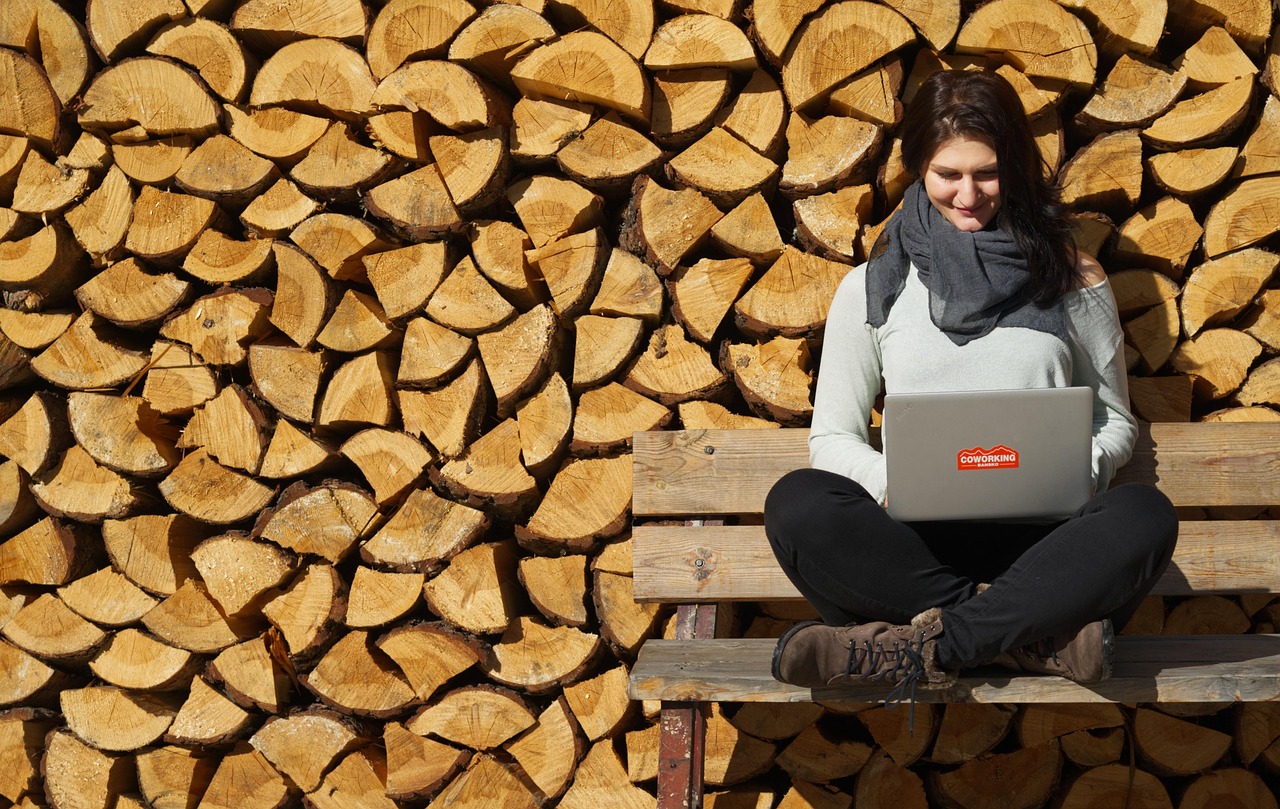The rise of artificial intelligence is rapidly changing the creative landscape, and one of the most exciting developments is the emergence of AI art. What was once the realm of science fiction is now a tangible tool empowering artists and opening up new avenues for creative expression and, importantly, income. If you’re looking to blend your artistic skills with cutting-edge technology, AI art freelancing might be your perfect niche. This guide will walk you through everything you need to know to launch a successful career in this burgeoning field.
Understanding the AI Art Freelancing Landscape
What is AI Art and Why is it in Demand?
AI art, also known as AI-generated art, refers to images and artwork created using artificial intelligence algorithms. These algorithms, often based on deep learning models, can generate original pieces based on text prompts, image inputs, or a combination of both. The demand for AI art is growing rapidly, fueled by its ability to:
- Generate unique and personalized artwork quickly and efficiently.
- Create visuals that are difficult or impossible to produce manually.
- Offer cost-effective solutions for businesses and individuals seeking creative content.
- Provide a creative outlet and assistance for those with limited traditional art skills.
- Scale creative output for marketing, content creation, and product visualization.
Consider, for example, a marketing agency needing dozens of variations of a product image for A/B testing. Generating these manually would be time-consuming and expensive. AI art provides a fast and affordable alternative.
Identifying Your Niche within AI Art
The AI art field is broad. Specializing can help you stand out and attract clients. Consider these niches:
- AI-Generated Illustrations: Creating illustrations for books, websites, and marketing materials. Example: A children’s book illustrator using AI to generate backgrounds and character designs based on hand-drawn sketches.
- AI-Powered Graphic Design: Designing logos, posters, and social media graphics. Example: A startup using AI to generate logo concepts and branding elements based on a specific aesthetic.
- AI-Enhanced Photography: Enhancing and manipulating photographs using AI tools. Example: A real estate agent using AI to virtually stage properties with AI-generated furniture and decor.
- AI-Driven Concept Art: Developing concept art for video games, films, and animations. Example: A game developer using AI to generate landscapes and character designs for a fantasy world.
- AI-Personalized Art: Creating custom art pieces based on individual preferences. Example: Offering personalized AI-generated portraits or landscapes based on client descriptions.
- NFT Creation: Using AI to create unique and collectible digital art for Non-Fungible Tokens. Example: Generating limited-edition AI art series for sale on NFT marketplaces.
Choosing a niche that aligns with your interests and skills is key to building a successful freelancing business.
Mastering the Tools and Techniques
Essential AI Art Generators
Several AI art generators are available, each with its strengths and weaknesses. Here are a few popular options:
- Midjourney: Known for its artistic and painterly style. Requires a Discord account and operates on a subscription model.
- DALL-E 2 (OpenAI): A powerful tool that can generate highly realistic and detailed images from text prompts. Uses a credit-based system.
- Stable Diffusion: An open-source AI art generator that offers more control and customization options. Requires more technical expertise to set up and use.
- Craiyon (formerly DALL-E mini): A free, simpler alternative for creating fun and quirky images. Lower resolution and detail compared to other options.
- NightCafe Creator: A versatile platform offering multiple AI art generation methods, including Stable Diffusion, DALL-E 2, and more.
Experiment with different tools to find the ones that best suit your artistic style and project requirements.
Crafting Effective Prompts
The quality of your AI art heavily depends on the prompts you use. Learn how to write effective prompts that guide the AI to generate the desired results. Consider the following tips:
- Be specific: Provide detailed descriptions of the subject, style, and composition you want. For example, instead of “a cat,” try “a photorealistic ginger cat sitting on a windowsill, bathed in golden sunlight.”
- Use keywords: Include relevant keywords related to art styles, artists, and techniques. For example, “in the style of Van Gogh,” “impressionistic painting,” or “digital art.”
- Experiment with different prompts: Try variations of your prompt to see what works best. A/B test different phrases and keywords.
- Incorporate negative prompts: Specify what you don’t want to see in the image. For example, “ugly, distorted, blurry.”
- Use prompt engineering techniques: Research and apply advanced prompting strategies, such as prompt weighting, multi-prompting, and style transfer.
- Example Prompt: “A majestic dragon soaring through a stormy sky, hyperrealistic, detailed scales, dramatic lighting, cinematic composition, painted by Greg Rutkowski, artstation.”
Refining and Editing AI-Generated Images
While AI art generators can create impressive images, they often require further refinement and editing. Use image editing software like Adobe Photoshop, GIMP (free), or Affinity Photo to:
- Correct imperfections: Fix any flaws or inconsistencies in the generated image.
- Adjust colors and lighting: Enhance the overall aesthetic and mood of the artwork.
- Add details: Incorporate additional elements or details that the AI may have missed.
- Upscale the image: Increase the resolution and size of the artwork without losing quality.
Combining AI-generated elements with your own artistic skills can lead to truly unique and professional-looking results.
Building Your Freelance Portfolio and Brand
Creating a Compelling Portfolio
Your portfolio is your most important marketing tool. Showcase your best AI art pieces and highlight your skills and expertise.
- Curate your best work: Select a diverse range of projects that demonstrate your versatility and creativity.
- Showcase your process: Explain how you used AI tools and techniques to create each piece.
- Highlight client testimonials: Include positive feedback from satisfied clients.
- Optimize your portfolio for search engines: Use relevant keywords in your portfolio descriptions and titles.
- Use a professional website or platform: Create a website or use platforms like Behance, Dribbble, or ArtStation to showcase your work.
- Example: On your portfolio, next to an AI-generated landscape, include text like: “Created using Midjourney and Photoshop. Prompt: ‘A serene alpine lake reflecting snow-capped mountains, bathed in the soft light of dawn, photorealistic’. I then refined the image in Photoshop to enhance the colors and add subtle details.”
Establishing Your Online Presence
Build a strong online presence to attract clients and establish yourself as an expert in AI art.
- Create social media profiles: Use platforms like Instagram, Twitter, and LinkedIn to share your work, engage with potential clients, and build your network.
- Write blog posts or articles: Share your knowledge and insights about AI art, prompt engineering, and the freelancing industry.
- Participate in online communities: Join AI art forums, groups, and Discord servers to connect with other artists and potential clients.
- Optimize your online profiles for search engines: Use relevant keywords in your bios and profile descriptions.
Defining Your Pricing Strategy
Determine your pricing strategy based on factors such as your skill level, experience, project complexity, and market rates. Consider these pricing models:
- Hourly rate: Charge a fixed hourly rate for your services. Useful for projects with undefined scope.
- Project-based pricing: Charge a fixed price for each project. Requires a clear understanding of the project requirements.
- Value-based pricing: Charge based on the perceived value of your work to the client. Can be more lucrative for high-value projects.
Research the rates of other AI art freelancers to get a sense of the market. Be transparent about your pricing and provide detailed breakdowns of your services.
Finding and Securing Clients
Leveraging Online Freelance Platforms
Freelance platforms can be a great way to find clients and build your reputation. Consider these platforms:
- Upwork: A popular platform with a wide range of freelance opportunities.
- Fiverr: A platform where you can offer your services as “gigs.”
- Guru: A platform specializing in professional services.
- PeoplePerHour: A platform connecting freelancers with businesses.
Create a compelling profile on these platforms and highlight your AI art skills and experience. Actively search for relevant projects and submit tailored proposals.
Networking and Direct Outreach
Networking and direct outreach can also be effective ways to find clients.
- Attend industry events: Connect with potential clients and partners at conferences, workshops, and meetups.
- Reach out to businesses directly: Identify businesses that could benefit from AI art services and send them personalized proposals.
- Contact your existing network: Let your friends, family, and colleagues know that you’re offering AI art freelancing services.
Building strong relationships with clients is key to securing repeat business and referrals.
Building a Strong Client Relationship
Maintaining a positive relationship with your clients ensures future opportunities and a good reputation. Some essential tips:
- Clear communication: Respond promptly and professionally to client inquiries and provide regular updates on project progress.
- Understand client needs: Take the time to understand your client’s goals and requirements.
- Deliver high-quality work: Strive to exceed your client’s expectations and deliver exceptional results.
- Be open to feedback: Welcome feedback from your clients and use it to improve your work.
- Provide excellent customer service: Go the extra mile to ensure your clients are satisfied with your services.
Conclusion
The world of AI art freelancing is ripe with opportunity for those willing to learn, adapt, and innovate. By mastering the tools, crafting compelling prompts, building a strong portfolio, and actively seeking clients, you can establish a successful and rewarding career in this exciting field. The key is to embrace the technology, hone your artistic skills, and provide exceptional value to your clients. Get started today, and you might just find yourself at the forefront of the next creative revolution.




